Bemidbar
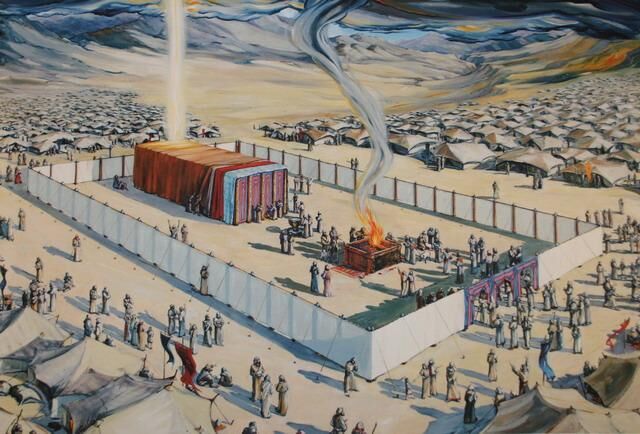
Numbers (“Bemidbar”) is the fourth book of the Torah, Judaism’s foundational text. It describes events from 40 years of the Israelites’ wanderings in the desert, beginning with a census and preparations for entering Israel.
Behukotai
Bechukotai (“In My Laws”) is the final Torah portion in the Book of Leviticus. It begins describing blessings that follow obedience to God’s laws and curses that come with desecration of them. It ends with laws of vows and consecration of people and property.
Kedoshim
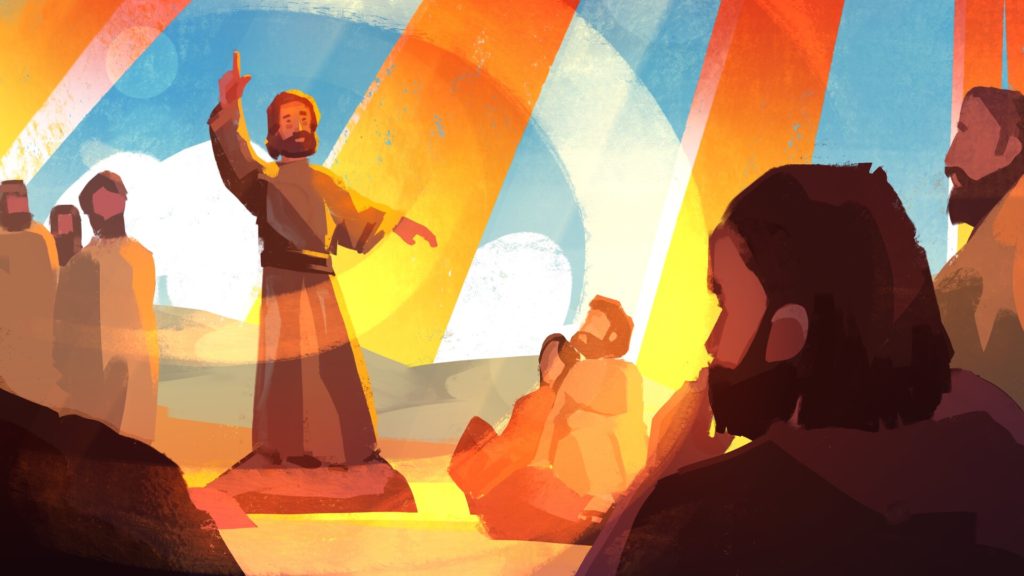
Kedoshim (“Holy”) opens by instructing the Israelites to be holy. It details dozens of laws regulating all aspects of life, including observing Shabbat, loving one’s neighbor, and leaving portions of a field for the poor. It ends by detailing punishments for certain types of idolatry and sexual misconduct.
Metzora
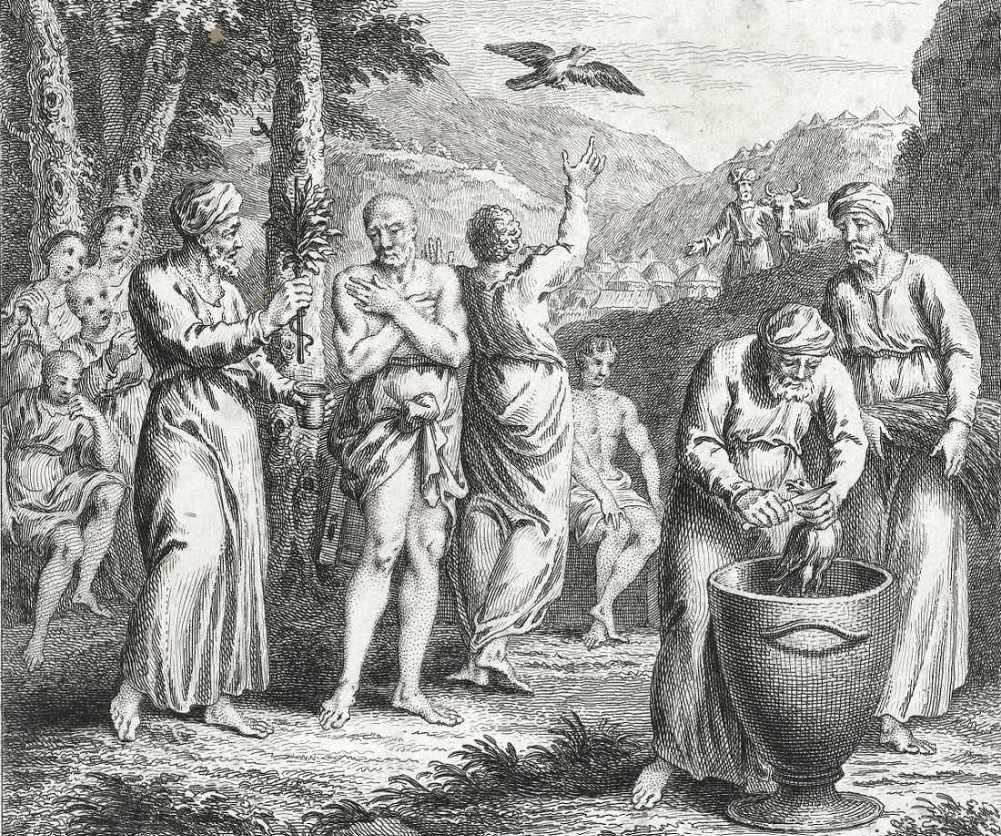
Metzora opens by describing the purification process and accompanying sacrifices for one infected with tzaraat, a discoloration condition on the skin. It then describes the process of treating a house infected with tzaraat and the ritual impurity generated by certain bodily discharges.
Tazria
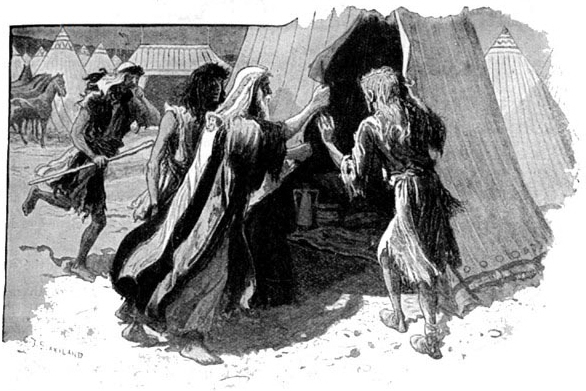
Tazria (“She Bears Seed”) opens by describing the purification process for a woman after childbirth. It then describes different forms of tzaraat, a discoloration condition on skin or clothing, and the requirement of an infected person to dwell alone outside the camp and be inspected by a priest.
Shemini
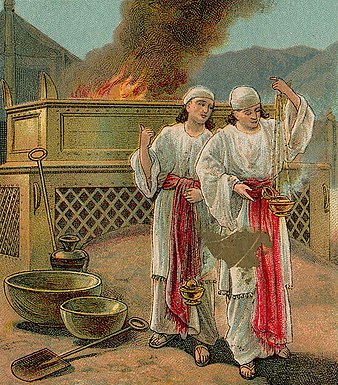
Shemini (“Eighth”) opens with the consecration of the Mishkan (Tabernacle). Two of Aaron’s sons are consumed by a fire sent from God when they attempt to offer a “strange fire.” God describes the animals, birds, and fish that are permissible and prohibited for consumption, as well as some laws of ritual purity.
Tzav
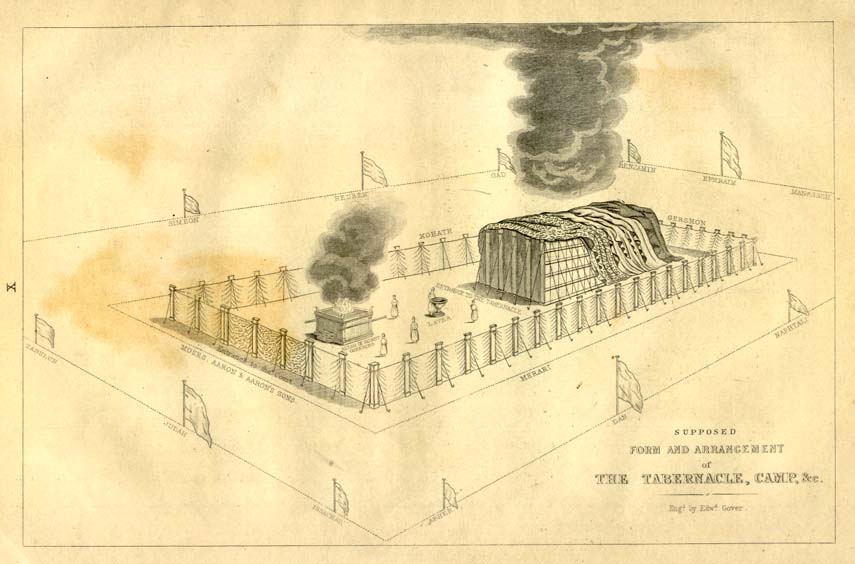
In Tzav (“Command”), God tells Moses about the sacrifices offered in the Mishkan (Tabernacle), including a meal offering brought by the high priest, guilt offerings, and offerings of thanks. Moses initiates Aaron and Aaron’s sons for priestly service in the Mishkan.
Vayikra
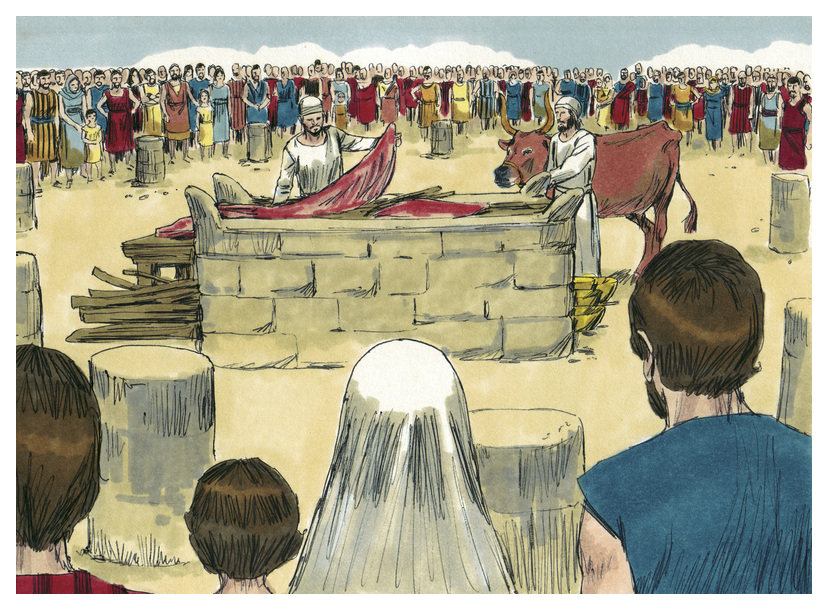
In Vayikra (“He Called”), the first Torah portion in the Book of Leviticus, God tells Moses about the sacrifices offered in the Mishkan (Tabernacle). Among these are sacrifices entirely burnt on the altar, meal offerings made of flour and oil, peace offerings, and sacrifices brought for sinning inadvertently.
Parashat VaYikra: A Just Society
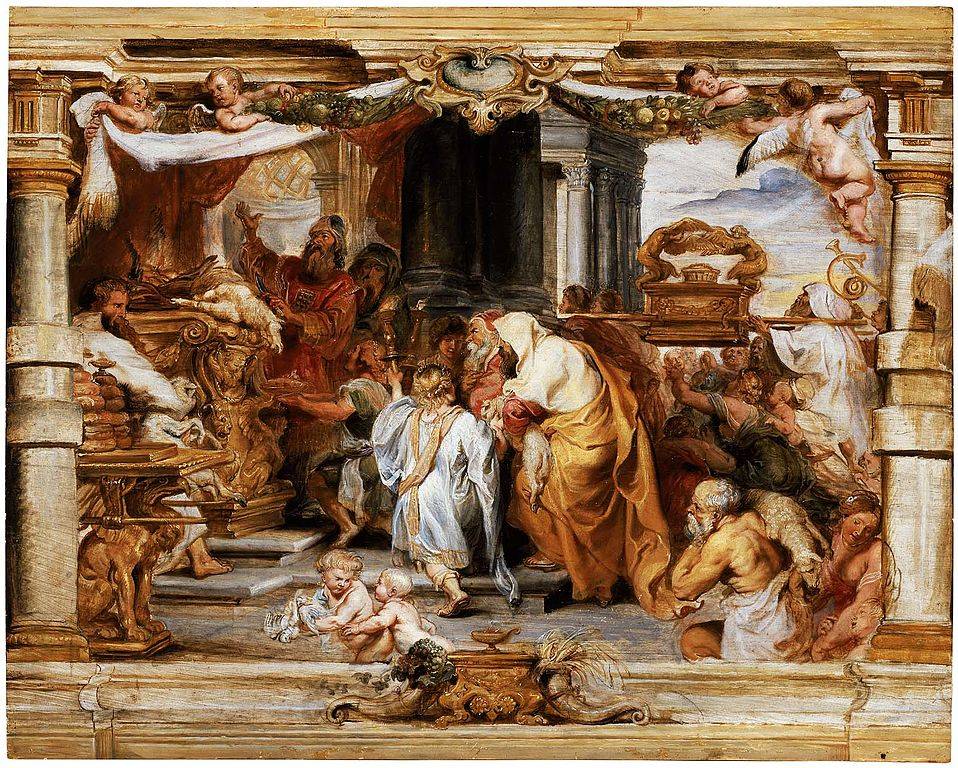
A Just Society The Book of Leviticus is sometimes perceived as a catalog of sacrifices with detailed lists of animals, substances, and dates. These details are misleading. The true purpose of the lists of sacrifices is to guarantee the creation of a just society. The sacrifices can be divided into two clearly distinct groups. They […]




